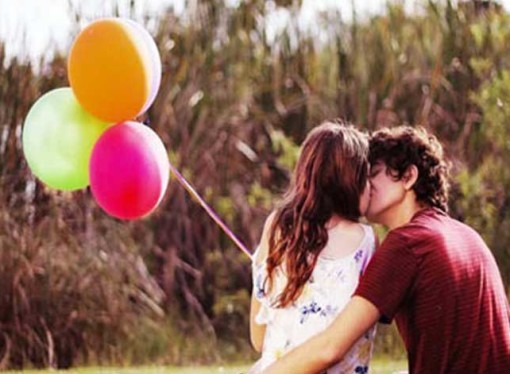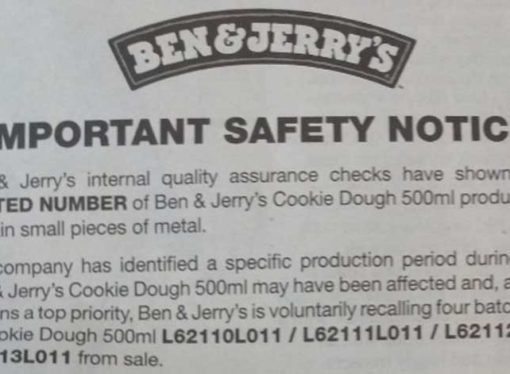You know when you have to use those little card readers / key pads to confirm payment details for online banking this is known as two factor authentication.
Two-factor authentication basically requires both “something you know” (like a password) and “something you have” (like your phone/pin generator machine/card reader). After you enter your password, you’ll get a second code sent to your phone or you generate a code, and only after completing both tasks will you gain entry to your account.
This stops the ‘simple’ process of someone working out your password and gaining access to your information or taking over your social media profiles etc. The majority of people won’t be targeted by hackers etc but you never know if someone wants to gain access to something you have (e.g. a short twitter username).

An example of a Google Two Factor Authentication Request – At this point they send you a text message with a code. You then type that code into the box on the website. Once confirmed you can login.
Here are details of the most popular sites that have Two-factor authentication turned on
Google > https://support.google.com/accounts/answer/185839?hl=en&topic=1056283&ctx=topic
Apple > https://support.apple.com/en-gb/HT204152
Facebook > https://www.facebook.com/note.php?note_id=10150172618258920
Twitter > https://blog.twitter.com/2013/getting-started-with-login-verification
Dropbox > https://www.dropbox.com/en/help/363
Evernote > http://blog.evernote.com/blog/2013/10/04/two-step-verification-available-to-all-users/
Microsoft > http://windows.microsoft.com/en-gb/windows/app-passwords-two-step-verification
Steam (gaming) > https://support.steampowered.com/kb_article.php?ref=4020-ALZM-5519
Full list of sites: https://twofactorauth.org/
1 comment
![[VERY IMPORTANT] – Wake up and start using two factor authentication for important logins!](https://10ways.com/wp-content/uploads/2015/07/keep-your-password-secure.jpg)

























